from ULTRA! to CIRCUS
Words: SUSAN CLAIRE AGBAYANI
Video and Additional Photos: KIKO MEILY, YVAN LIMSON, and BERNICE SIBUCAO
Eraserheads Archive Photos Courtesy of ERWIN SOLANA
Special thanks to DAY CABUHAT
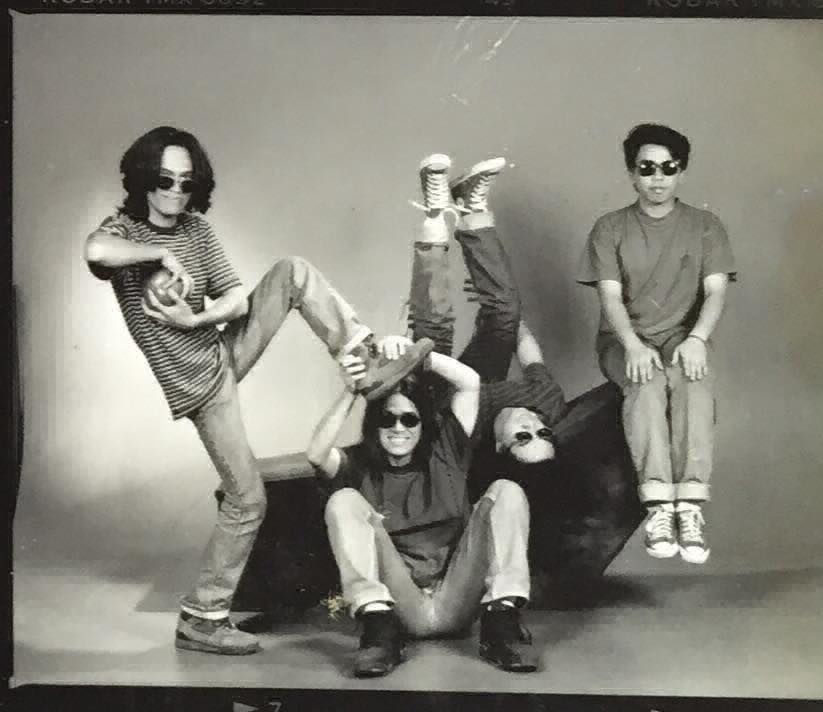
When 1994 rolled around, nobody was quite yet over the Eraserheads' trailblazing debut ultraelectromagneticpop!, released in late 1993. In fact, the year opened with seven cuts from ultra! still being played on radio.
The band from UP Diliman was everywhere — they even played at a Miss Universe pageant event of all things! But before everything had settled down, the Eraserheads surprised everyone and their lolas when they released Circus late in the year.
It was a game-changing album, an eclectic mix containing instant classics like “Magasin” and “Alapaap,” cult favorites like “Alkohol” and “Butterscotch,” and just plain weird stuff like the Punk Zappa tracks. Circus had mind-blowing, out-of-this-world songs that boasted rhythm, narrative, humor, and heart.
Twenty-five years later, no one is still quite over it. A remastered version of Circus was made available on Spotify. Shortly thereafter, people trooped to and endured long lines in Eastwood to score the remastered vinyl of ultraelectromagneticpop!
“I think everything should be updated — all recordings — especially with technology right now,” Ely Buendia begins. His record label Offshore Music spearheaded the remasters of both albums, enlisting the services of audio engineer Bernie Grundman, of Thriller fame, for ultra!
“Grundman didn’t have time to work on Circus in time for the upload so we decided to work on that one ourselves. I remastered it here in my own studio with the help of our engineer Audry Dionisio,” he continues.
“We’re not done with ultra! And we’re pretty much focusing all our energies there, but we’ve managed to do a little bit for Circus, just so we could commemorate its 25th anniversary.”
Twenty-five years is quite the landmark. And so in this exclusive, Ely looks back at that magical year of 1994.
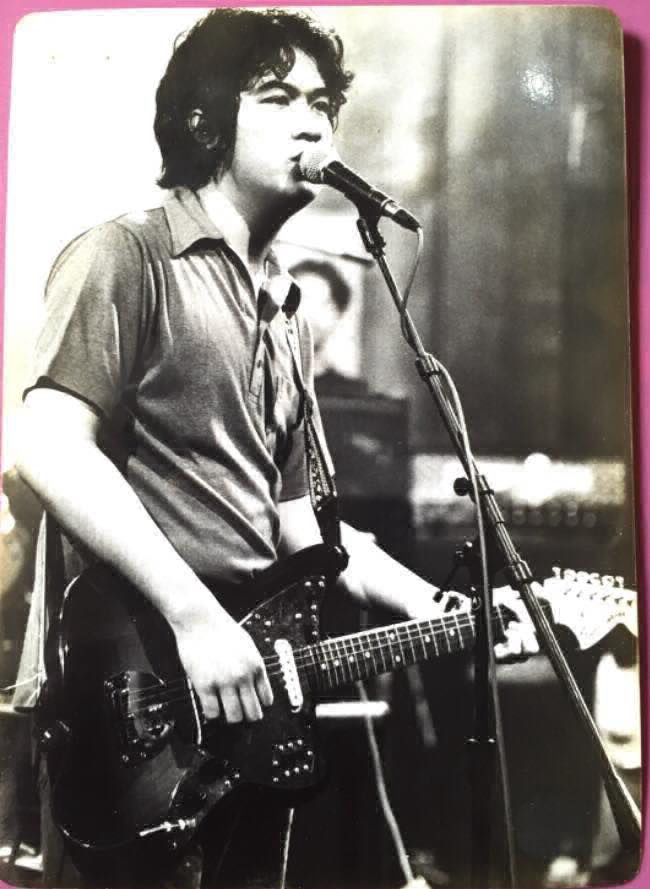
It was one of the best years, promoting that album, the first album. I remember mostly the radio guestings, a lot of out of town shows, concerts. The TV guestings were crazy and they still are.
There was one time, there was this motorcade in one of the provinces up north. Instead of a truck, they made us ride a tricycle. It was like sundown, mga 6 p.m. Tapos hinahabol namin yung mga tao before they went to bed.
It was a wild time. At that time, everything was still new. So there were no set of rules that the organizers or the performers would adhere to. It was very unorganized most of the time. And the crowd was very, very unruly. Minsan, nagiging violent. There was the time, the best way that a concertgoer knew how to express his joy was to throw rocks at the band.
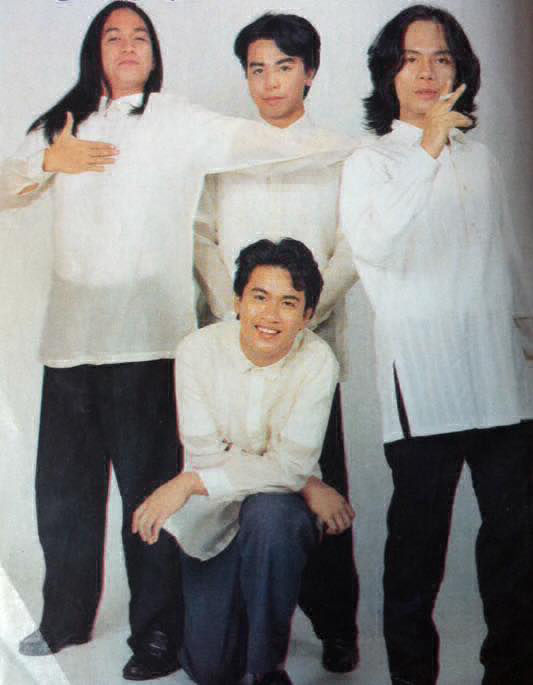
The only time the band performed in a barong was during the Miss Universe beauty pageant.
The band was kind of rebellious at that time. We wanted to, I guess, shock people, and turn the whole showbiz thing on its head. When they asked us to lipsync, we wouldn’t. 'Yung mga ganu'n.
The girls came from all around. A lot of them were young. Most of them were in college, the same age as us.
‘Di naman sa ine-expect, pero I was of course hoping that ultra! would catch on, because we were basing our whole careers on those songs.
We were concerned about radio play and sales at that time. Ngayon ko lang nakikita how influential ultra! was. I never really thought about it.
“Maling Akala” was my favorite track in ultra! There’s no story, it’s anti-gossip, anti-controversy. We still hadn’t experienced it then, but I was kind of anticipating it, with that song. We did a few genre-specific songs and that was one of them, which was reggae. And I think we pulled it off, and it’s still fun to play, even now.
“Combo on the Run” has a very interesting backstory. We had just bagged our very first out of town gig in Cebu. We went there in support of Introvoys. We were very excited. We rode the ship together and had an overnight trip. [Cebu’s] scene was very, very different from Manila at that time. The Cebu crowd was very into Glam — parang hair metal like Skid Row, Bon Jovi. Their biggest act at that time was The Monks.
So that song was all about that first trip to Cebu. You’ll hear a lot of inside jokes, and our references to people that only a few would know. And the situations there, like the people, the crowd was booing us when we played our songs because they’re not into college garage.
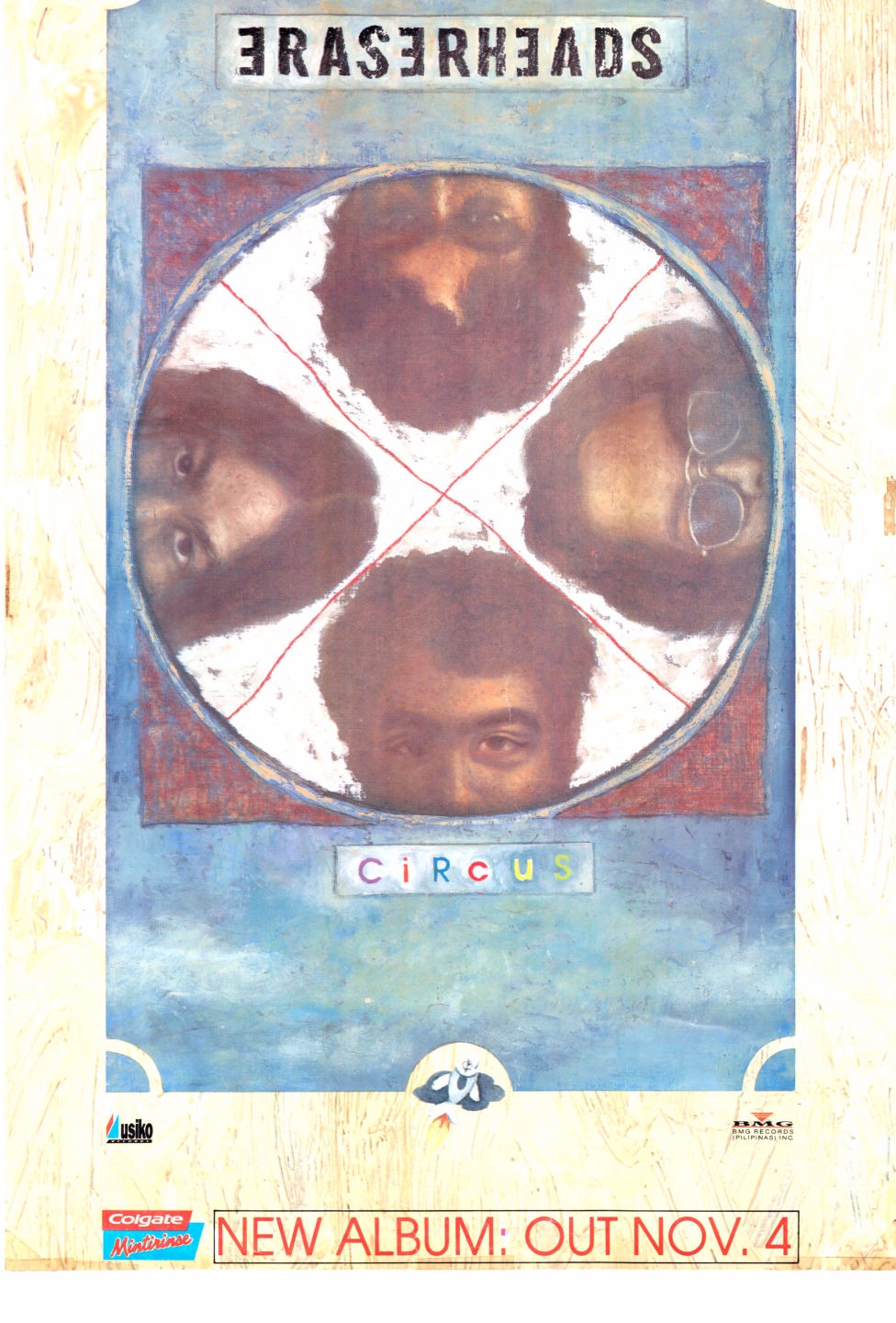
Promoting ultra! would ultimately inspire most of the songs in Circus, like “Insomya,” Alcohol, “Alapaap” and those Punk Zappa fillers. It was easy to write in those days. We had a lot of pent up energy and ideas to make a dozen albums in a day.
We started recording Circus in ‘94. We got Robin Rivera for our producer. We wanted to get him for ultra! But he was not available, so for the second album, we made sure that we got to work with him.
Maybe I was just having way too much fun to notice. I don’t recall the schedules being that grueling. My memory is hazy on the dates but it was probably a month or so recording the new tracks for Circus.
The Eheads didn’t do meetings.
Circus was the album where we really got to do what we wanted, because of the success of ultra! There were no expectations, no hopes, no fears. We knew it was our time and we just had a ball making it.

Only “Kailan” would be considered an old song, which was written back in college. The rest were brand new.
“Magasin” is just a story I heard from my cousins.
“Jay” is a real person. Just one person. He was a friend of mine from college. But some of it was real, some of it, I just made up.
No, I didn’t expect them to be controversial. A lot of controversial songs have gotten away with much worse. And I’m not saying that those two songs [“Alapaap” and “Hey Jay”] are about bad things, but that’s the way people framed it.
“Butterscotch” is my favorite cut in Circus. It has a great riff, great lyrics. And there are a lot of surprises in that song. It’s underrated.
The inverted E was invented by Karen Kunawicz, a good friend of the band from the Club Dredd days. She made the poster for one of our gigs and the moment I saw it, I thought it was great. We’ve used it ever since.
We asked [Mark Justaniani] to do the cover [of Circus]. I met him at a party and I liked his work. He was doing this jeepney sticker-inspired art, which the band loved. I think we were slightly disappointed he chose to do it in a different style. Maybe we weren’t clear on that.
In the beginning, [success] made me more insecure about myself. But then, when that faded and the whole phenomenon gradually calmed down, I was able to learn a lot from it also. I realized that it wasn’t really just me. A lot of people were also feeling the insecurity. The band members themselves, my bandmates, our team.
I guess we were just caught up in something that was bigger than us. It was a cultural movement we were just lucky enough to be part of.
There were years when I didn’t like being in the band. Even now, there are times when I wish I wasn’t — or we weren’t — that well known. Or we weren’t that successful. But there are also times when I’m thankful that I got to play in that band and experienced all those things.
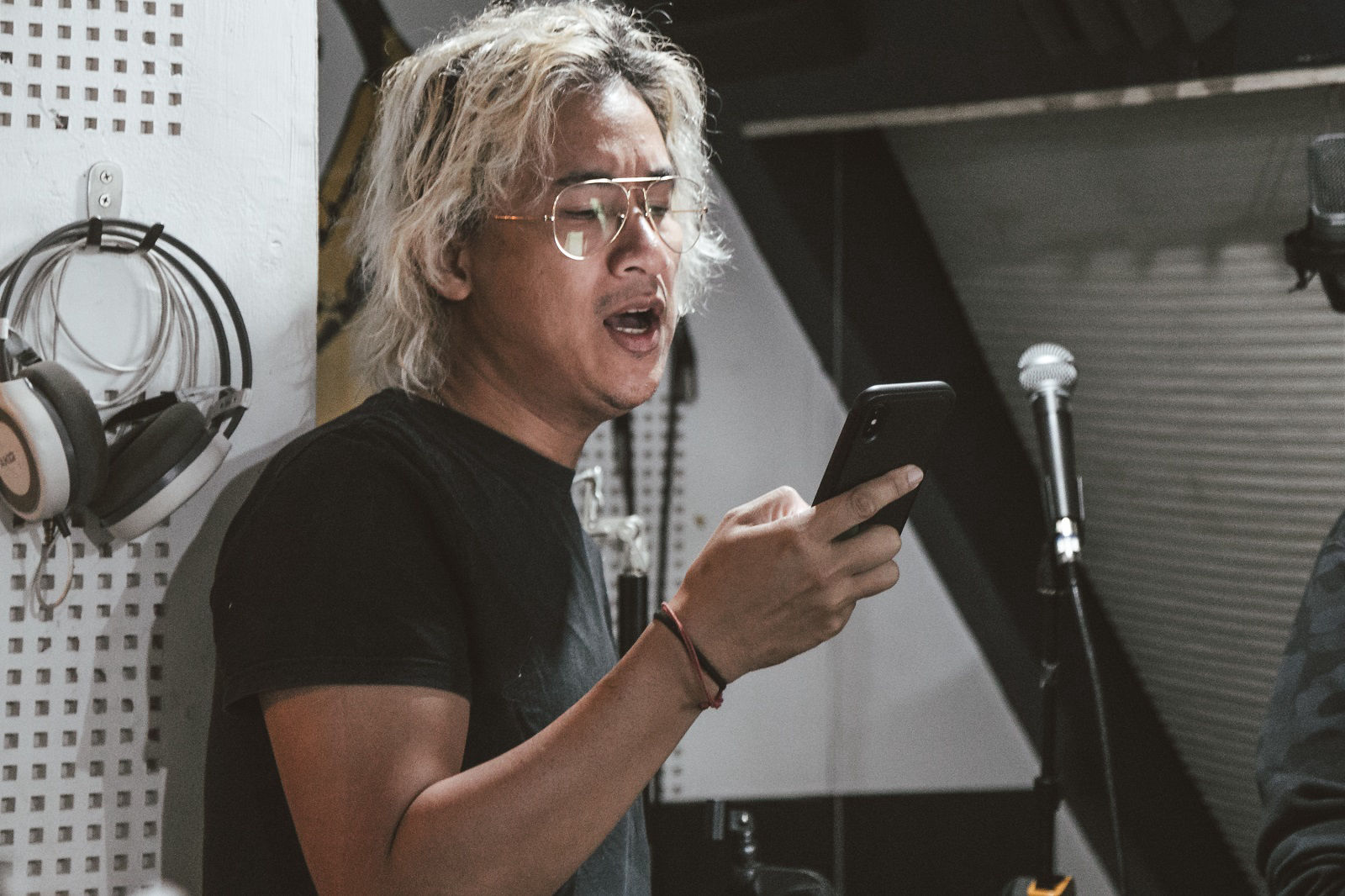
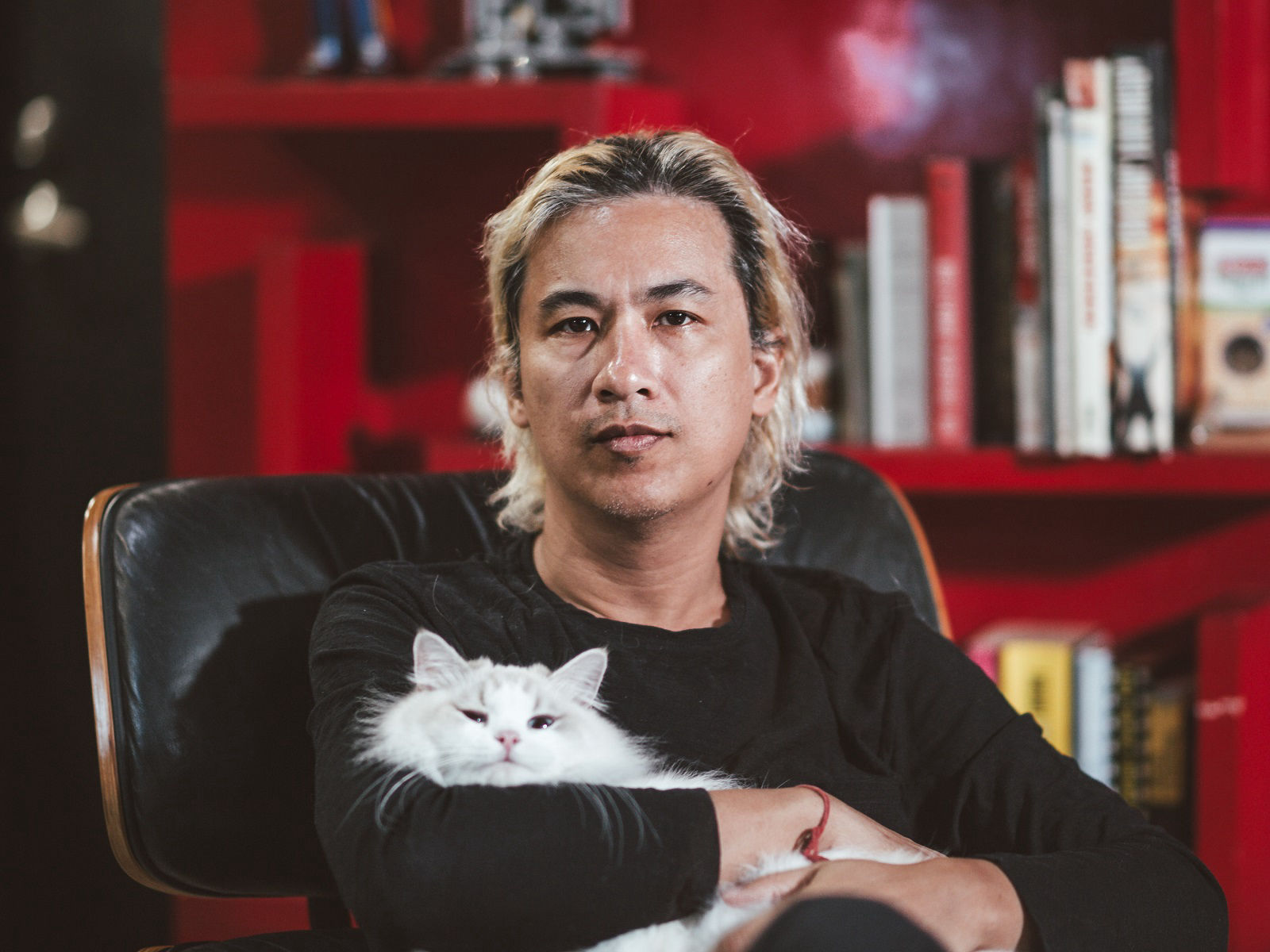
SHARE THIS STORY